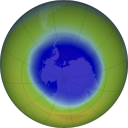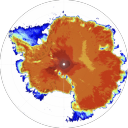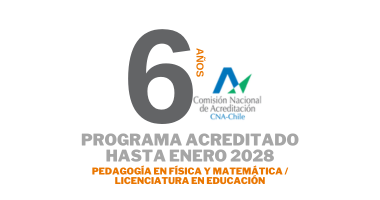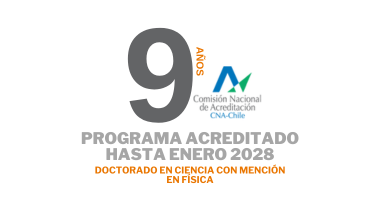Investigación Antártica
|
|
Ozone DepletionSurface Ultraviolet radiation increases as the amount of overhead total ozone decreases because ozone absorbs ultraviolet radiation from the Sun. The ozone layer has been depleted gradually since 1980. The depletion, which exceeds the natural variations of the ozone layer, appeared to be due to the action of the so-called halogen source gases (also known as ozone-depleting gases) such as the chlorofluorocarbons (CFCs), hydrochlorofluorocarbons (HCFCs), and halons. These human-produced gases, associated with certain industrial processes, eventually reach the stratosphere where they are broken apart to release Ozone-depleting atoms. The production and consumption of the main halogen source gases by human activities are regulated worldwide under the Montreal Protocol. The ozone depletion is very small near the equator and increases with latitude toward the poles; the phenomenon of the Antarctic ozone hole (a large average depletion on that polar region) is primarily a result of the late winter/spring ozone destruction that occurs there annually because of the very cold temperatures of the Antarctic stratosphere. The size of the Antarctic ozone hole is usually defined by the spatial extent of the polar vortex. During October and November, low stratospheric ozone concentrations are centered at South Pole and show a sharp boundary at about 65°S latitude. However, the instability of the ozone hole can move packages of ozone-depleted air masses towards lower latitudes. |
|
|
Effects of Changes in the AlbedoThe consequences of changes in the Antarctic albedo are beyond local variations in the surface radiation. The surface energy budget of the Antarctic continent is significantly dependent on the surface albedo. Therefore, a change in prevailing climatic conditions (triggered for example by a change in temperature) can enhance feedback mechanisms. |








